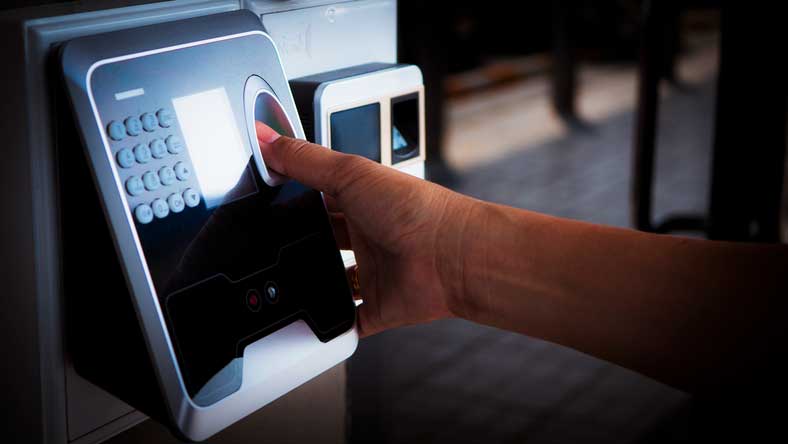How Biometric Access Cards Work?
Biometric ID recognition is an incredible asset when it comes to ensuring workplace security and employee attendance. Passwords used to be the best way to secure something, but with so much computing power is now available to hackers, passwords are no longer enough. Incorporating biometrics into your security routine offers an excellent alternative. In 2019, a study by Gartner suggested that more than 60% of enterprise-sized and over 90% of mid-sized companies will have implemented a password-free authentication system, such as biometric authentication, by 2022. Biometric Access Cards – A Quick Overview As the world moves towards digital solutions, the best way to secure company data or even the physical premises is to provide multi-layered security, such as the use of a verified digital footprint and physical biometrics. There are two main categories of access control cards — secure and non-secure. Both solutions can be used to authorize entry to your building and determine whether or not an employee is on the company premises. For example, a proximity access card gets activated when an employee comes within the workplace’s vicinity. A signal is sent out either by the source or by the card itself. If the source emits a signal, it gets reflected by the card to the source, marking the employee’s attendance. In addition to tracking attendance, using the card at access points further gives the employee access to the workplace but only to areas in the workplace where they are permitted. These cards store the employee’s biometric signature, telling the system which employee is requesting access, so by tracking the use of the card, employers can see who had access to which room and when. One form of these cards, bearing magnetic strips, needs to be swiped at a card reader, similar to the way many credit cards work. These card types are now being upgraded to become smart cards with small chips inside that can’t
currently be replicated. These cards are also synced with an individual’s biometrics, so companies can have a biometric verification and the card, which further adds a layer of security.
Biometric Authentication & Access Cards When biometric authentication data is added to a card, it involves adding a person’s characteristics to create a digital “template” that reflects them in code. The model is then stored in the company’s security system and placed onto a card. Whenever an access card is used anywhere in the workplace, the security system compares the person’s biometrics using the card and grants or denies them access
accordingly. In many cases, it might not be enough to swipe a card. The reader may also have a camera that turns on
with the card. This camera and the reader must receive correlating biometric data – even if it’s a fingerprint – to grant access.
If you would like to learn more about how biometric security systems can help you increase your workplace security or help you achieve better efficiency, give us a call or request a FREE QUOTE from us today. Our professional team of security experts can help you strengthen your security by understanding and using the latest technological solutions.




